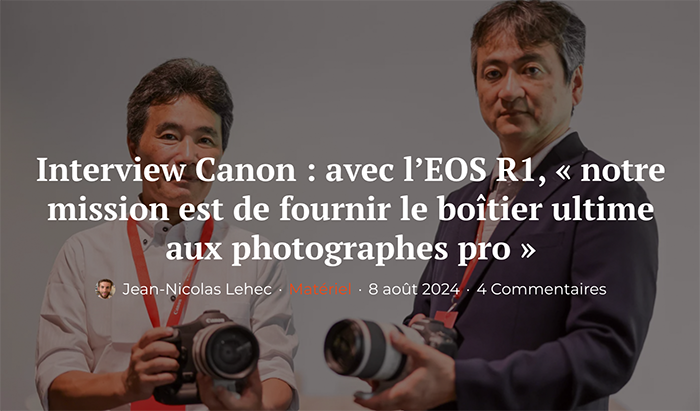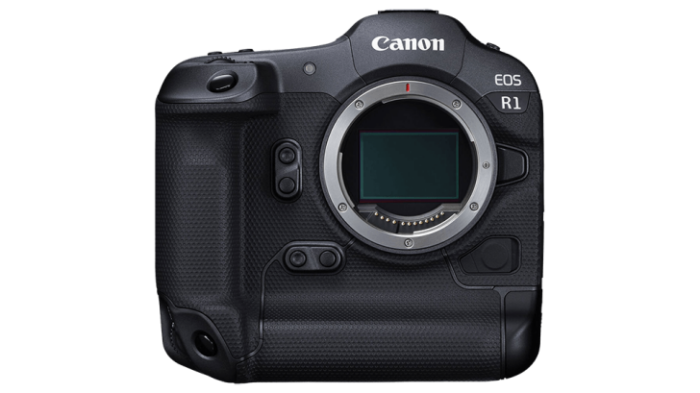Canon wants its lower-end models to surpass its higher-end models

Phototrend had a chat with Canon. Here is a summary from Digicameinfo:
- (When did development of the EOS R1 begin?)
The EOS R1 was aimed at creating a hybrid body that would surpass the EOS flagship EOS-1D X Mark III. When the EOS R3 was released (in 2021), we already had in mind the development of a true flagship camera. - (Why not use a global shutter?)
We already use global shutters in some (professional) products and are aware of their advantages and possibilities, but our mission is to provide our professional customers with the ultimate tool, and we want to ensure that there are no drawbacks in any environment. - (Why has the pixel count of the EOS R1 not increased since the R3?) It
was the result of considering the balance, and the EOS R1 also aims for very excellent high sensitivity performance. We also wanted to make the shutter speed as fast as possible. Considering these points, we felt that 24 megapixels offered a good balance between the advantages and disadvantages. - (Basic principles of the DIGIC Accelerator and its differences with DIGIC X)
The advantage of the DIGIC Accelerator is its processing speed, and it has succeeded in incorporating deep learning technology even during high-speed continuous shooting. DIGIC X and the DIGIC Accelerator are independent chips, with the Accelerator specifically performing AF and subject recognition, and DIGIC X in charge of image development. - (Will the EOS R6 Mark II end up in the shadow of the all-around better EOS R5 Mark II?)
We want each camera to compete with the others and always try to surpass the higher-end models, so we hope that the EOS R6 Mark III will eventually surpass the EOS R5 Mark II, and then the EOS R5 Mark III will come along and bring things back into balance. - (With the EOS R1 now out there, what about the EOS R3?)
While the EOS R1 is better than the R3 in some areas, we believe the EOS R3 is the most balanced, and therefore will remain the best option for some customers. - (Sigma and Tamron have entered the RF mount market, but are there plans to collaborate with other brands?)
I can’t go into details, but we are in discussions with multiple third parties to explore possible partnerships. - (There are some photographers who are stuck with SLRs. What would you say to them to upgrade to the EOS R5 Mark II or EOS R1?)
I think the EOS R1 can do almost everything a SLR can do. There are only advantages, no disadvantages. I want them to experience the benefits of hybrid (mirrorless) cameras. I want customers to feel at ease when switching to hybrid cameras. The transition to mirrorless cameras is almost complete in Japan and Asia, and the transition is accelerating in Europe. - (There are complaints that the EOS R1 is more expensive than competitors’ cameras?)
If you try the EOS R1, I think you’ll agree that it’s a camera that offers much more. With so many features, the cost is naturally higher. But I think it’s worth more than the price difference with other models.
